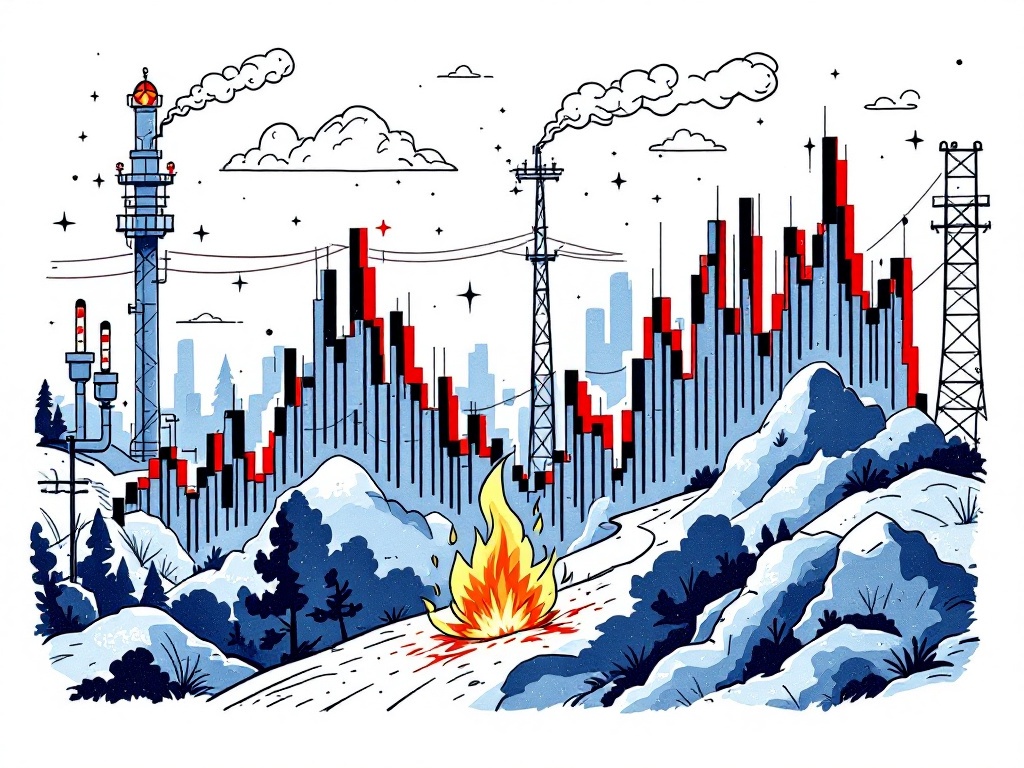US Natural Gas Prices Fall Over 5% Amidst Weather and Supply Challenges

New York, Tuesday, 7 January 2025.
US natural gas prices dropped over 5% to below $3.5/MMBtu due to winter storms and rising output, influencing energy markets and potential economic conditions.
Market Dynamics and Weather Impact
On Tuesday, January 7, 2025, US natural gas futures experienced a significant decline, dropping more than 5% to below $3.5/MMBtu [1]. This decline follows a notable 9.5% increase in the previous session, highlighting the market’s current volatility [1]. The price movement comes as severe cold weather in the eastern United States has caused production disruptions, with daily gas supply reaching a six-week low of 102.6 billion cubic feet (BCF) on Monday due to frozen wells and pipelines [1].
Production and Export Trends
Despite weather-related challenges, the impact on production has been less severe compared to previous years. January 2025 production levels are maintaining near-record highs, averaging 105 BCF per day [1]. Significantly, gas flows to LNG export facilities have increased to 15.1 BCF per day in January [1], reflecting robust global demand, particularly from Europe as it adapts to reduced Russian pipeline supplies [1]. The market is closely monitoring these export dynamics, as they play a crucial role in domestic price formation.
Future Outlook and Price Projections
Looking ahead, Trading Economics forecasts natural gas to trade at 3.85 USD/MMBtu by the end of Q1 2025, with projections reaching 4.58 USD/MMBtu in twelve months [1]. Weather forecasts indicate colder-than-normal conditions will persist across the United States through January 21, 2025, potentially affecting supply dynamics further [1]. The Henry Hub futures market, which serves as the primary US benchmark, continues to demonstrate significant trading volume with approximately 400,000 contracts traded daily [4].
Global Market Context
The US price movements are occurring against a backdrop of global market shifts. European natural gas markets are experiencing their own challenges, with storage levels at just over 70% capacity, compared to 86% a year ago [5]. This global context is particularly relevant as the United States maintains its position as the world’s largest natural gas producer [1], with the commodity accounting for almost a quarter of US energy consumption [1].